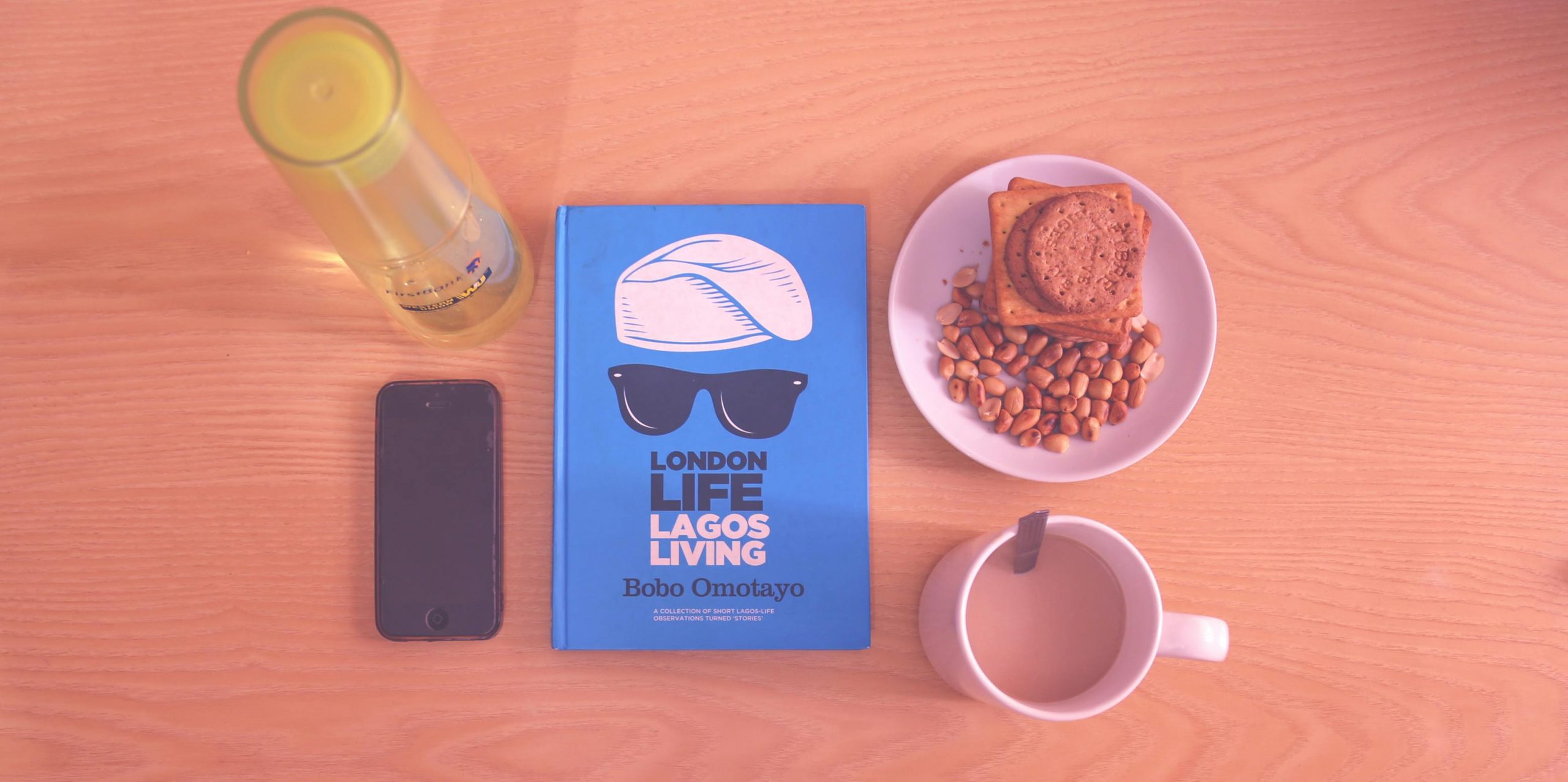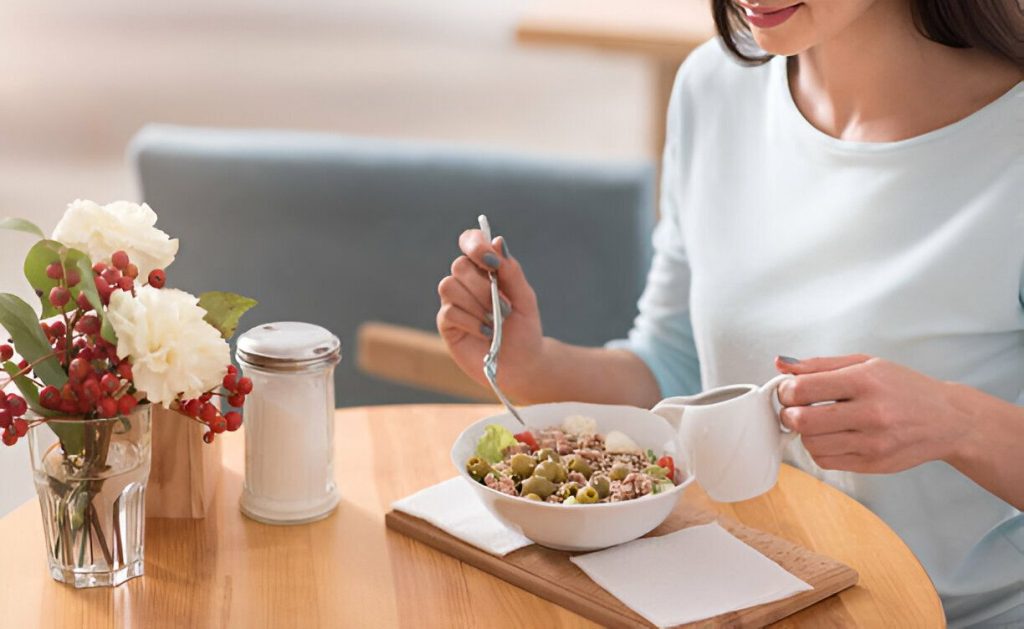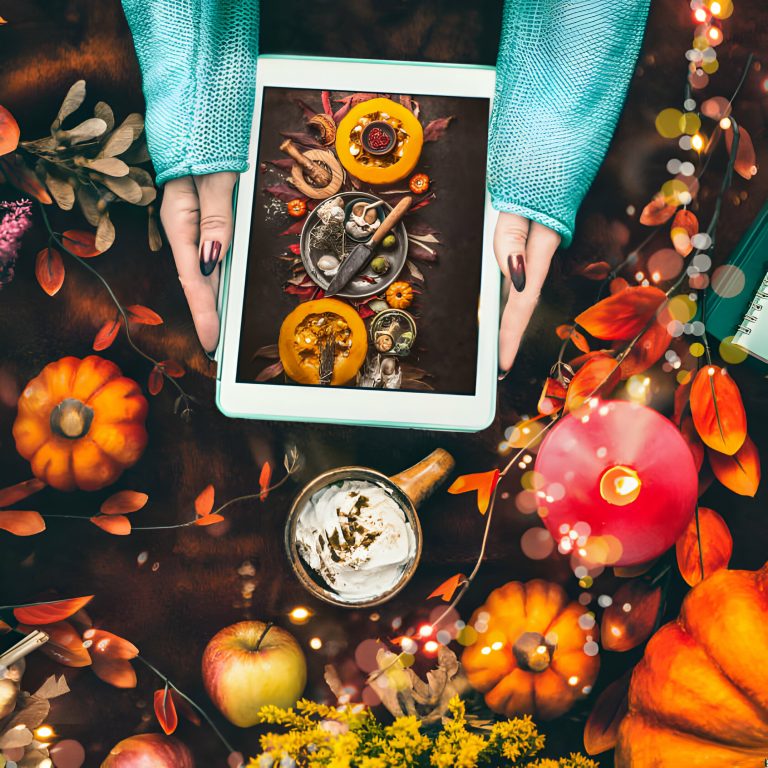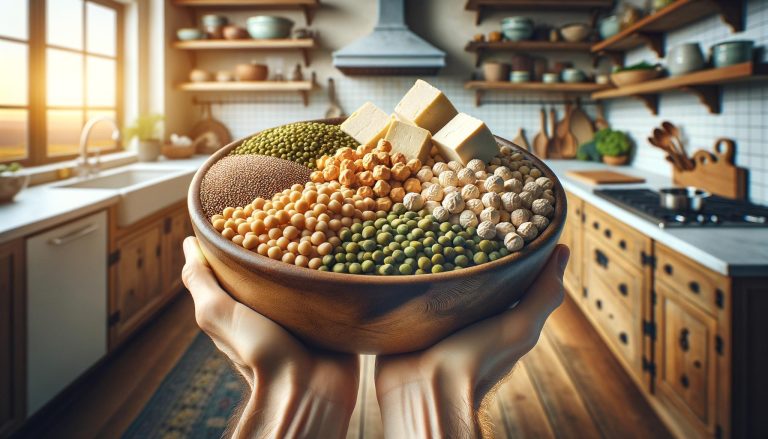How to Make Healthy Bean Salads

The Nutritional Power of Beans
Beans, a staple in the legume family, have fed people for thousands of years. Loaded with protein, fiber, vitamins, and minerals, they’re true nutritional powerhouses. Healthy bean salads showcase these benefits in vibrant, tasty dishes that fit any diet.
Crafting a Healthy Bean Salad
Every ingredient counts when making a nutritious bean salad. The beans, vegetables, herbs, and dressing all contribute to the salad’s nutrition and flavor. Here are some tips:
- Mix Beans with Veggies. Combine beans with antioxidant-rich vegetables. Some examples are bell peppers and greens. They add health benefits and color.
- Use whole food ingredients. Choose plant-based ones like lemon-tahini dressing and fresh herbs. They add flavor without too much-saturated fat or sodium.
- Experiment with Different Beans. Try strong kidney beans, smooth cannellini, or mild garbanzos. Find the texture and taste you like best.
Benefits for All Ages
Bean salads help both kids and adults maintain healthy weights and overall wellness. The fiber promotes fullness, while the protein, vitamins, and minerals nourish the body. Beans are an affordable and convenient way to adhere to plant-based nutrition guidelines.
Inclusive and Sustainable
Bean salads suit many diets. They’re naturally gluten-free and easily made vegan, making them perfect for diverse gatherings. Beans also offer a sustainable protein source. They reduce environmental impact compared to animal proteins.
Steps to Make a Standout Bean Salad
- Select the Best Beans: Use high-quality canned beans or cook dried beans properly.
- Rinse the Beans: This removes excess sodium.
- Marinate the Beans: Infuse them with flavor.
- Add Crunchy Elements: Seeds or nuts add texture contrast.
- Include Fresh Veggies and Herbs: These add visual appeal and nutrition.
- Toss with a Flavorful Dressing: Lemon-tahini or herb vinaigrette works well.
- Chill Before Serving: This lets the flavors meld together.
Texture and Flavor Balance
A great bean salad balances soft beans with crisp vegetables and crunchy add-ins. Marinating and chilling allow flavors to meld. Fresh herbs, citrus, and bold dressings add the finishing touches to create a vibrant, delicious salad.

Seasonal Adaptability
Healthy bean salads offer a canvas for seasonal produce to shine. Hearty combinations suit winter, while lighter mixes refresh in summer. This adaptability keeps your cooking fun. It encourages a varied diet, key for good health.
Maximizing Nutrient Absorption
Pairing and preparing foods correctly can enhance nutrient absorption:
- Combine Vitamin C with Iron: Pair citrus with beans to boost iron absorption.
- Fat-Soluble Vitamins: Eat vitamins A, D, E, K with healthy fats like avocado or olive oil.
- Steam Veggies: Retain water-soluble vitamins by steaming instead of boiling.
- Add Fermented Foods. Include kimchi, sauerkraut, and kefir. They improve nutrient absorption and add gut-friendly probiotics.
Applying This to Bean Salads
To maximize nutrition in bean salads:
- Pair Beans with Vitamin C Sources: Use bell peppers, tomatoes, or a citrus dressing.
- Include Dark Leafy Greens: Add these for fat-soluble vitamins.
- Lightly Steam Veggies: This helps retain nutrients.
- Add Fermented Veggies: Consider pickled onions or kraut.
- Use Olive Oil-Based Dressing: Enhance absorption of key nutrients.
Tips for Making the Perfect Bean Salad
- Use different beans. They can include kidney, black, garbanzo, and green beans. This variety of beans has the most health benefits.
- Use many fresh, colorful vegetables. They add nutrients and flavors.
- Added Texture: Add nuts, seeds, or whole grains for extra texture and health benefits.
- Make homemade dressings. Use olive oil, vinegar, lemon juice, and herbs. Avoid store-bought dressings with added sugars and preservatives.
- Mindful Portions: Ensure portion sizes keep caloric intake balanced, even with healthy salads.
- Choose organic and non-GMO beans and veggies. They have fewer harmful chemicals.
- Customization: Customize bean salads to personal taste preferences or dietary restrictions.
- Meal Prep: Preparing bean salads in advance makes for convenient and healthy meal options throughout the week.
- Soaking and cooking dry beans instead of using canned ones can cut sodium and avoid bisphenol A (BPA) exposure.
Key Features of a Healthy Bean Salad
A healthy bean salad combines nutrient-packed legumes. It mixes them with other ingredients that go well with them. The result is a balanced, fiber-rich dish. Use fresh, whole foods and avoid excessive oils or sugary dressings.
The Value of Beans in a Balanced Diet
Beans have been a staple food for millennia due to their nutrition and versatility. They play a crucial role in many culinary traditions, especially in vegetarian and vegan diets, as a low-fat protein source. Beans have lots of fiber. This fiber aids digestion and controls blood sugar. It makes beans good for managing diabetes.
Diverse Protein Sources in Plant-Based Diets
A plant-based diet requires a thoughtful approach to protein consumption. In addition to beans, consider:
- Tofu and Tempeh: Versatile soy-based proteins.
- Quinoa: A complete protein containing all nine essential amino acids.
- Nuts and Seeds: Compact sources of protein and essential fatty acids.
- Edamame and Green Peas: High in protein and can be added to various dishes.
Exploring Global Salad Variations
Salads are embraced worldwide, with each region adding unique flavors and ingredients:
- Mediterranean Diet: Greek salad with olives, feta cheese, and lemon-olive oil dressing.
- Middle Eastern Tabbouleh: Fresh herbs, bulgur wheat, and tomatoes dressed in lemon juice and olive oil.
- Asian Salads: Bold flavors with sesame oil, rice vinegar, and soy sauce.
Importance of Fiber in Diet
Fiber is essential for digestive health and has various other benefits. In addition to beans, fruits and vegetables are also big sources of fiber. They, along with whole grains, add a lot to daily fiber intake.
Final Thoughts
Creating healthy bean salads is both an art and a straightforward process focused on freshness, variety, and flavor. Choose a mix of colorful beans, add a rainbow of vegetables and herbs, and use heart-healthy fats in your dressings. Keep portion control in mind. Experiment with global spices and herbs. Make salads just before eating with the freshest ingredients. Healthy bean salads are a perfect mix of nutrition and creativity in the kitchen, suited for any dietary need or personal preference. Enjoy mixing and matching ingredients. Know that each healthy bean salad you make is a step towards a healthier lifestyle.






